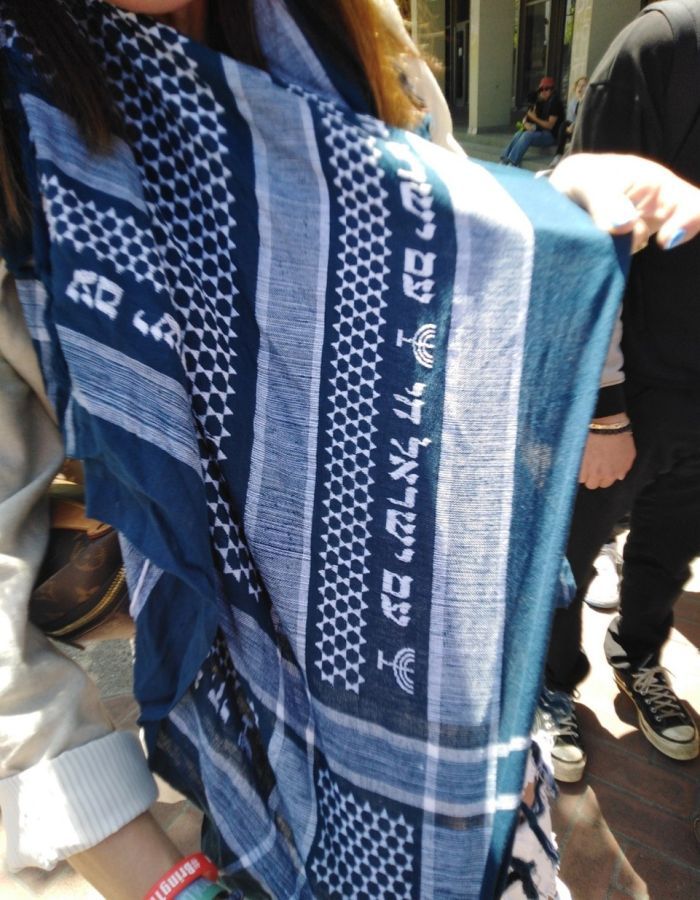The Zionist ‘Points de Capiton’ and the Desire for Pure Sovereignty
Venue
Chrystal Macmillan Building, Seminar Room 1Media
Image

Description
Israel occupied the West Bank (WB) during the 1967 war, after which the WB maintained ambiguous liminality because its territory and population were neither annexed nor returned, and the army was left as the sovereign power. The non-annexation/non-withdrawal policy created "sovereignty gaps" (Shenhav, 2006), allowing the state to avoid annexation of occupied territories and exert full sovereignty while making sovereign decisions based on the state of exception and emergency regulations, such as segregation, checkpoints, restrictions on movement, and administrative detentions.
This policy and the "sovereignty gaps" it created were kept across political parties for years. However, far-right settler movements and initiatives, such as 'Tnuaat Haribonut' (The Sovereignty Movement), the 'Decisive Plan,' and 'Nahala' movement, all call to annex the occupied territories, expand Jewish settlements in the WB (and now, Gaza), and assert the Jewish claim on all the land. These plans aim not only to reclaim the land but also to eradicate any Palestinian hope for independence.
Based on activism and fieldwork in the West Bank, the talk will analyze different pictorial moments of masking and mimicry by the settlers and the Israeli state and army. Tracing the meaning of these moments and their consequences, the talk demonstrates how a socio-political process of decomposing the connections between signifiers and signifies allows far-right actors to recompose and fasten new signs, leading to the absence of resistance to the current genocide in Gaza.
Key speakers
- Livnat Decleve